How high is Kilimanjaro?
The ascent of Kilimanjaro makes more than one dream. Indeed, reaching the top of Kilimanjaro means being on the roof of africa.
What an incredible feeling to be at such an altitude, overlooking the immense plains of the African savannah.
Kilimanjaro is located at North East Tanzania and it is composed of three volcanoes:
- Le Shira : 3m
- Le Mawenzi : 5m
- Le Kibo : whose Uhuru peak constitutes the highest point of Africa
In Swahili, " Uhuru Means " freedom ". To reach Uhuru peak, it is mandatory to go through " Stella Point »Located at 5 756 m altitude.
Le Uhuru peak meanwhile is at 5 m altitude, which makes him the highest peak in Africa.
When is the best time to climb Kilimanjaro?
It is possible to climb Kilimanjaro throughout the year.
However, certain seasons are favorable to its ascent and others are unfavorable.
Benefiting from a equatorial climate, Tanzania enjoys a pleasant temperature all year round. However, we find there two periods of rain :
- March to June
- October to December
Some therefore advise avoiding the ascent of Kilimanjaro during these two periods. However, with the climate changing very quickly, you may well embark on this adventure during the rainy season.
For my part, I climbed Kilimanjaro at the end of the rainy season (first week of June) and the weather was very good for us.
How long does it take to climb Kilimanjaro?
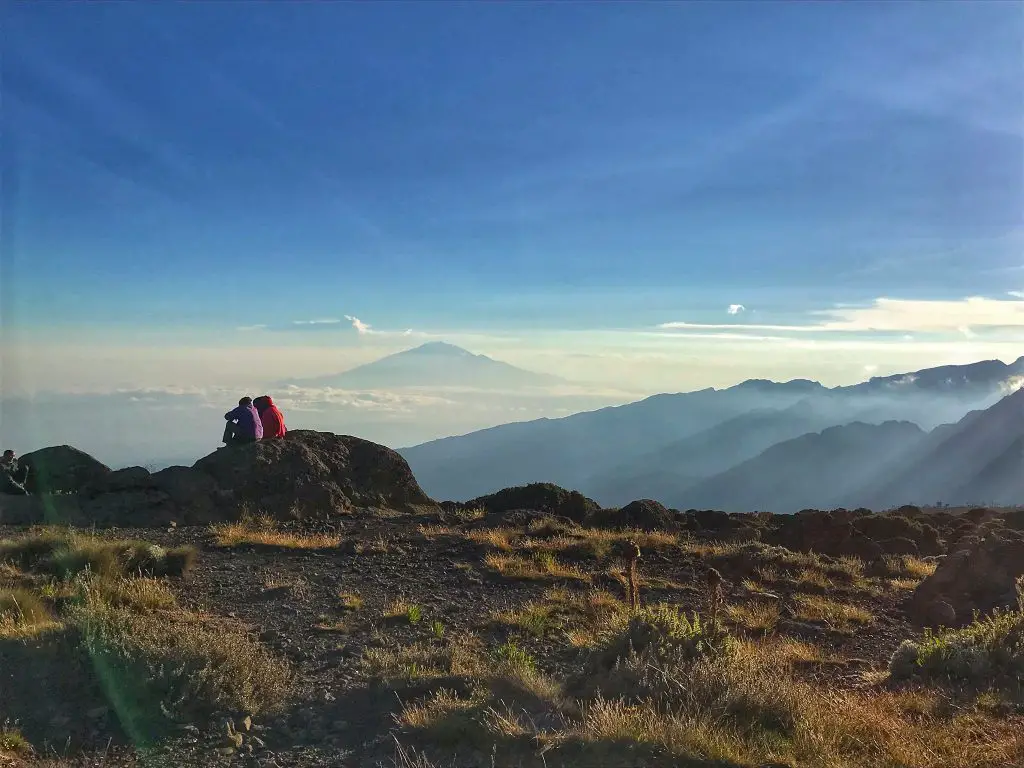
The ascent of Kilimanjaro can be done in different ways because it there are eight different ways to reach the sumt.
La longer term, of the ascent depends on the chosen route but also your physical condition.
As a rule, the routes leading to the summit of Kilimanjaro take between 4 and 9 days.
However, depending on your fitness and training, you can potentially climb Kilimanjaro in less time.
Indeed, the world speed record to climb and descend Kilimanjaro is owned by Karl Egloff, a young Ecuadorian of Swiss origin of 33 years old. This young person to realize the ascent then the descent in 6 hours and 42 minutes in August 2014.
Which route to choose to climb Kilimanjaro?
The route you choose to take to reach the summit of Kilimanjaro must correspond to your level and the time you have to climb. It can be done between 4 and 9 days.
The ascent of Kilimanjaro can be done by eight different routes:
- Marangu Way, otherwise called the “coca-cola” route which is the best known and the only one equipped with refuges.
- Machame Way, one of the most beautiful routes to climb Kilimanjaro. The ascent can be achieved in 6 or 7 days.
- Lemosho Way, it is to the west of the mountain. This route is relatively difficult and uncrowded.
- Rongai Way, this is the only route coming from the north that departs from Kenya.
- Shira Way, one of the wildest ways.
- Western Breach Way, this is the most arduous and spectacular passage to access the Kibo crater.
- Umbwe Way, relatively demanding route because it is quite fast with a sometimes chaotic path.
- Mweka Way, this route was forbidden to climb a few years ago. Today, we must pass there to go down from the Machame route and the Shira route.
As far as I'm concerned, I decided to go the way Gases to climb Kilimanjaro.
I made this choice because this route is part of the most beautiful routes with sufficient acclimatization to reach the top.
Is it difficult to climb Kilimanjaro?
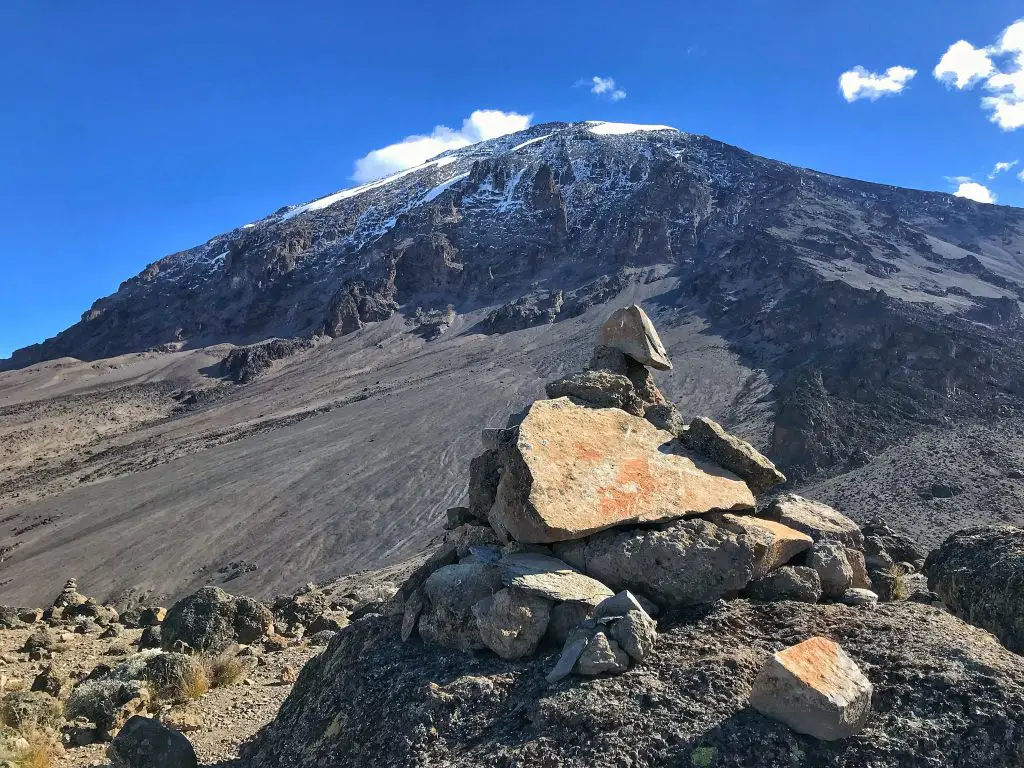
This is a question very often asked. You can see a lot of things on the internet regarding the difficulty on the ascent of Kilimanjaro.
The ascent of Kilimanjaro is not a climb requiring knowledge extensive mountaineering experience. Indeed, the little snow found there does not encourage the use of professional mountaineering equipment.
Climbing Kilimanjaro can be achieved by almost everybody. It is above all a multi-day hike at high altitude. So there is no real technical difficulty to reach the top.
Kilimanjaro is accessible to everyone. He must be at least 10 years old to embark on such an ascent.
During my ascent, I was amazed when I encountered a 80 year old lady who was climbing Kilimanjaro with his daughter.
All this to tell you that it is quite possible to reach the top with a little practice, a lot of motivation and determination.
The statistics speak for themselves, the average success rate is 50% it seems. This rate varies depending on the route chosen to reach the summit.
What are the difficulties that can be encountered when climbing Kilimanjaro?
The ascent of Kilimanjaro does not present no real technical difficulty.
However, here are the difficulties you may encounter during your ascent:
- Long-term physical exertion can lead to fatigue : indeed, the ascent of Kilimanjaro extends over several days. It is therefore absolutely imperative to save your strength for the final ascent. Do not try to set records in the first days because otherwise you will not have strength when you need it most. Know that the guides are there to give you the pace and save your strength.
- Acute mountain sickness: this is one of the biggest causes of abandonment. The reaction is individual and very personal. Some people do not perceive any discomfort with the altitude. On the other hand, other people will be prone to headaches, nausea, vomiting etc. with altitude. Be aware that all of these symptoms should not be taken lightly because they can become really problematic. It is therefore essential to inform your guides when you feel the first symptoms of discomfort.
To conclude, the ascent of Kilimanjaro is accessible to almost everyone, there is no real technical difficulty. However, the roof of Africa should not be underestimated because it is still possible to encounter certain difficulties.
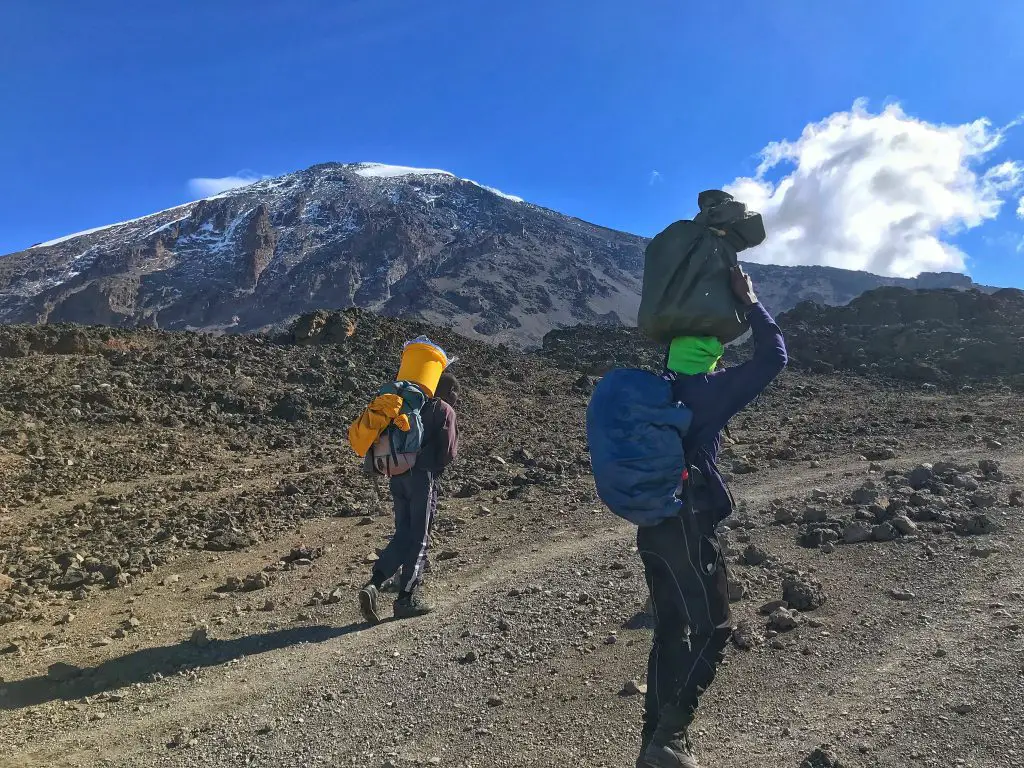
Similar items
Climbing Kilimanjaro is an extraordinary adventure to experience. Here is my testimony of this extraordinary experience that I lived.
Many agencies offer to climb Kilimanjaro. But then which one should you choose?
Are you ready to embark on this adventure ?! However you still wonder what equipment it is necessary to bring for such a climb ?!
If you liked this article, I recommend one of the following articles on the same theme:
- Can we climb Kilimanjaro without a guide?
- How to prepare for the ascent of Kilimanjaro?
- The ascent of Kilimanjaro: what price?
- My 5 day safari in Tanzania
- My humanitarian travel experience in Zanzibar
- What to do in Tanzania?
- What to do in Zanzibar?
- Learn the basics of Swahili
- 10 Day Zanzibar Itinerary
- 3 week itinerary in Tanzania
- 15-day itinerary in Tanzania
- How to travel in Tanzania on a low budget?

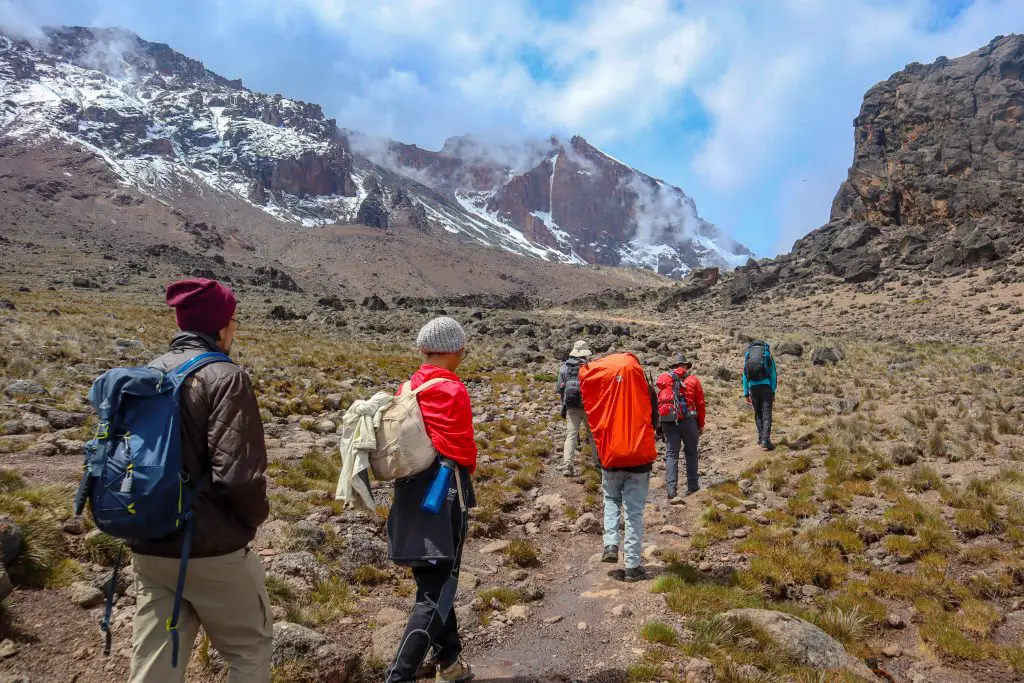
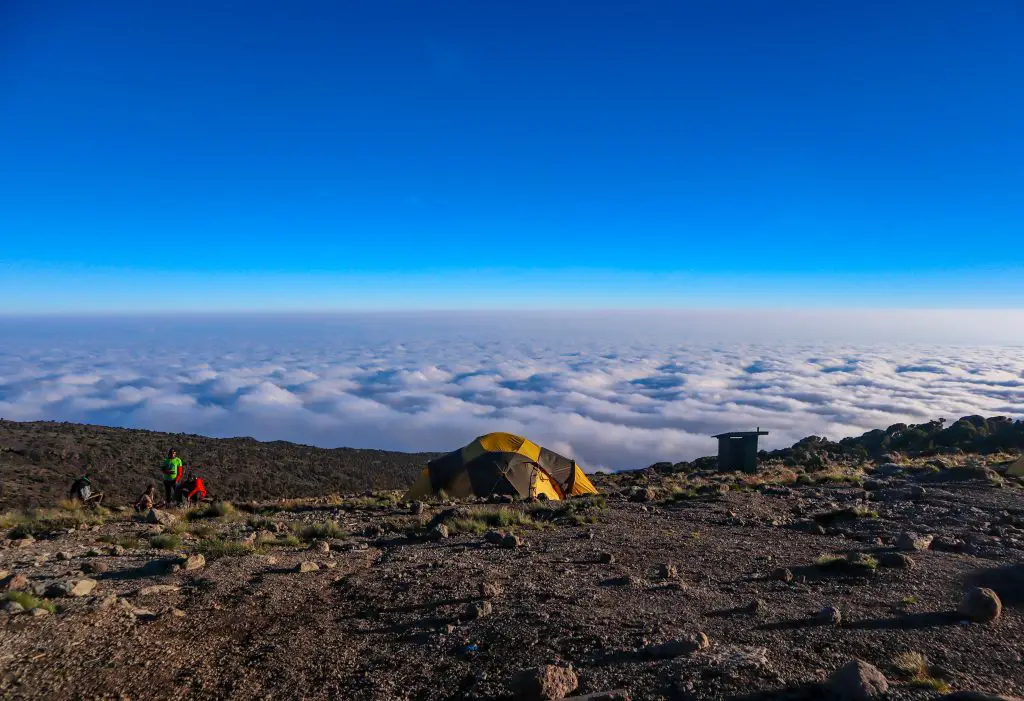
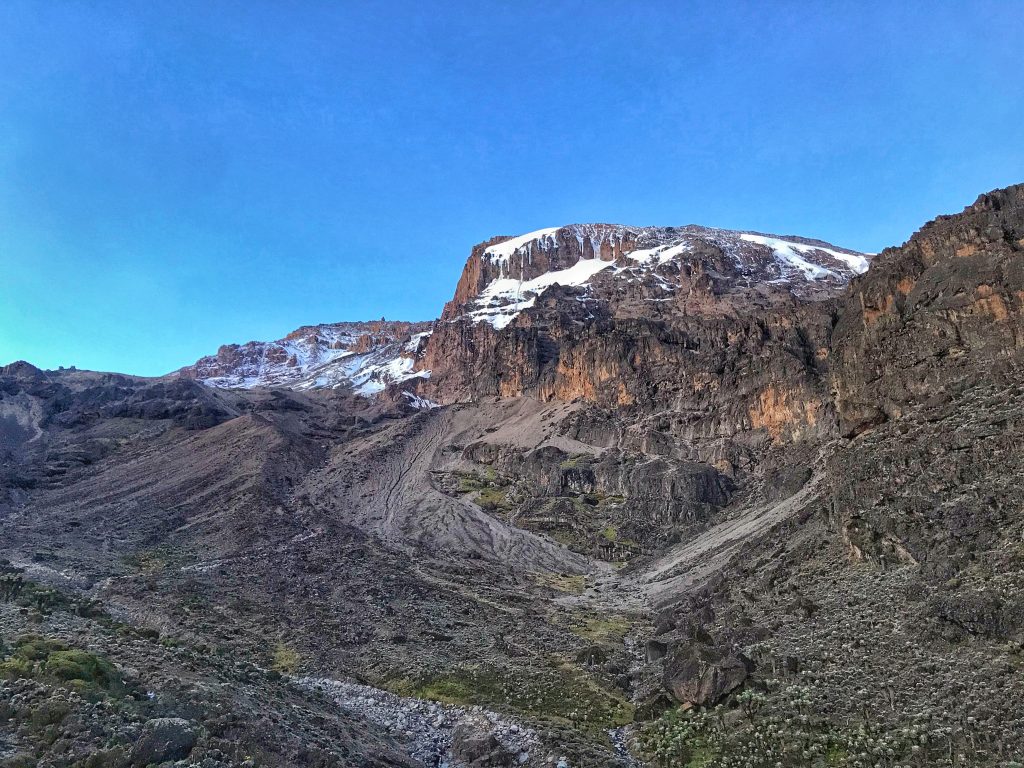
3 Replies to “The ascent of Kilimanjaro: how difficult is it?”